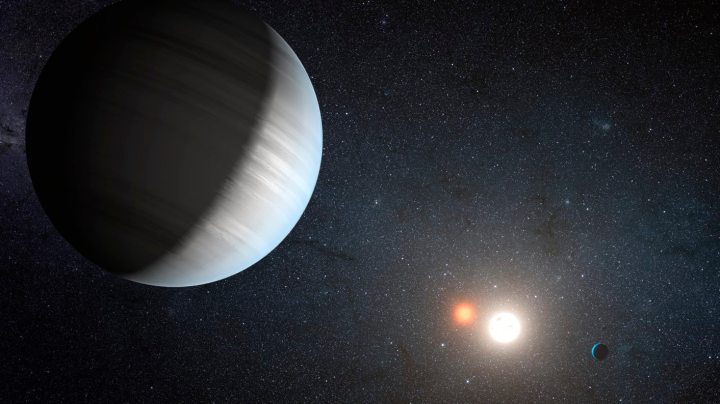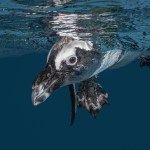Newsdeck
Space telescope spots distant planets well placed for life

Scientists using NASA's Kepler space telescope have found the best candidates yet for habitable worlds beyond the solar system, including a pair of potentially life-friendly planets orbiting the same star, officials said on Thursday. By Irene Klotz.
The planets join a list of about 700 confirmed extra-solar planets discovered since 1995.
The new additions include a pair of planets orbiting a star called Kepler-62, located about 1,200 light years away in the constellation Lyra.
Kepler-62’s two outermost planets, both about 1.5 times the size of Earth, are located the right distance from their parent star for water – if any exists – to be liquid on the surface. Water is believed to be necessary for life.
“These two planets are our best candidates for planets that might be habitable, not just in the habitable zone,” Kepler lead scientist William Borucki, with NASA’s Ames Research Center in Moffett Field, California, told reporters on a conference call.
Computer models indicate the two planets, designated Kepler-62e and 62f, likely are solid bodies comprised of rock, ice or a mix of rock and ice.
The pair have three sister planets that also circle Kepler-62, but those are too close their parent star and likely too hot for surface water.
The Kepler telescope measures slight dips in the amount of light coming from target stars that may be caused by planets passing by, or transiting, relative to the telescope’s line of sight.
So far, the Kepler science team has more than 2,700 candidate planets.
Scientists also found two planets circling another Kepler target star, Kepler-69, located about 2,700 light years from Earth in the constellation Cygnus.
Light travels at about 186,000 miles (299,792 km) per second, or about 6 trillion miles (10 trillion km) in a year.
The innermost planet is about twice the size of Earth and orbits its parent star in just 13 days, too close for liquid surface water. The second planet, however, which is about 70 percent bigger than Earth, orbits about where Venus is located in the solar system, putting it on the edge of the star’s so-called “habitable zone.”
More powerful telescopes than Kepler will be needed to fish out more detail about whether the extrasolar planets do indeed have water.
“We’re still progressing to find the first truly Earth-like worlds,” said astronomer Thomas Barclay, with the Bay Area Environmental Research Institute in Sonoma, California.
The research is being published in Science and the Astrophysical Journal this week. DM
Photo: An artist’s concept. REUTERS/NASA/JPL-Caltech/T. Pyle


















 Become an Insider
Become an Insider